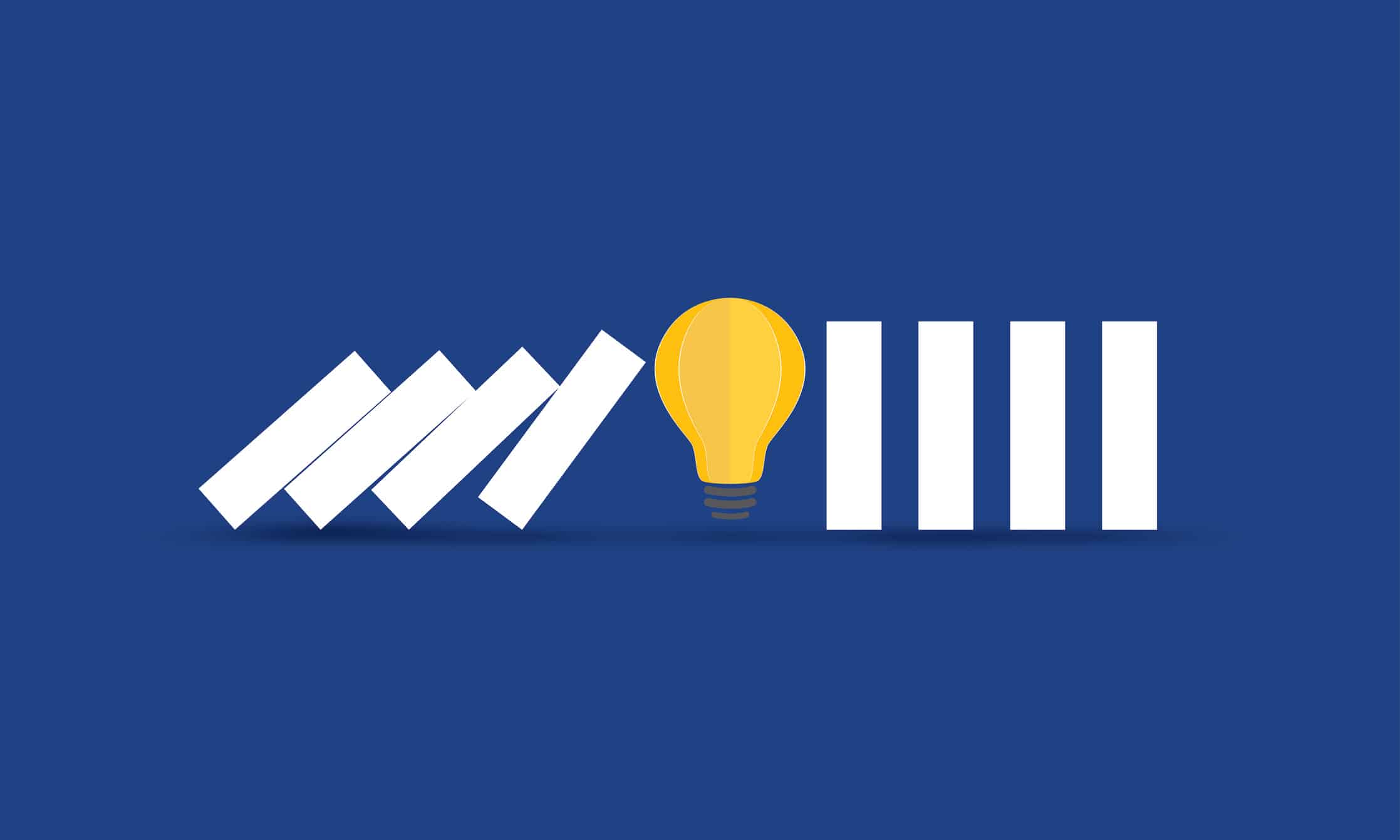
Why tech-driven legal change fails
John Watts, regional account manager at LexisNexis Enterprise Solutions highlights the main causes for technology implementation failures — and outlines why the success of tech adoption relies on flexibility, collaboration and strong data foundations
Almost every law firm has a story about new technology adoption and legal change that didn’t go to plan. Today, as firms focus on implementing AI, bearing in mind the learnings from previous technology adoption projects is a worthwhile consideration. Otherwise, the pattern may be frustratingly familiar: initial enthusiasm, significant investment, followed by disappointing results and a reluctant return to familiar older ways of working.
Causes for technology implementation failures
Technology-driven legal transformation fails not because firms lack ambition or because there was no genuine need for the technology or change. Rather, the fundamental issue lies in poorly defined transformation visions, inadequate communication to employees, imprecise change targets and insufficient planning. The legal sector has witnessed countless examples of firms attempting to make sweeping changes too quickly, driven by industry buzzwords and competitive pressure, without thoroughly reviewing their existing infrastructure or clearly defining their objectives. This lack of preparation inevitably leads to confusion, inefficient processes, and ultimately failed implementations.
Law firms today are particularly impatient to adopt AI widely across their organisations, yet they often lack a clear understanding of its purpose and specific use cases. For instance, firms are embarking on ambitious adoption journeys without appreciating the critical importance of quality data or recognising that different types of AI are suited to different business needs. This rushing headlong into transformation without proper groundwork is likely to create a shaky foundation for any technological advancement, not just AI.
There is already precedent to this unsuccessful approach. When firms migrate business-critical applications to the cloud, they frequently underestimate the complexities involved, particularly the impact on data control, ownership and existing business processes. The disruption to established workflows is often severe, and the learning curve steep. Perhaps inadvertently, vendors contribute to these issues by focusing narrowly on their own products without fully understanding the operational challenges their solutions might create for their clients.
We see law firms that give notice to their incumbent platform supplier, but years later are still operating, and even investing in the original system. This can be due to overpromises from the new supplier, a lack of understanding of the existing system and its capabilities, or poor planning and execution — or often, a combination of all three. The result, unfortunately, is significant wasted investment and disappointment. This scenario is more common than the law firms and legal technology sector would care to admit.
Low adoption becomes inevitable
These implementation struggles create a cascade of problems that ultimately lead to user frustration and low change adoption rates. Many niche business applications lack flexibility, enforcing rigid and prescriptive processes and workflows that don’t align with how legal work uniquely gets done in individual firms. Legal professionals, who are naturally risk-averse, find themselves caught between poorly implemented new systems and the familiar efficiency of their established methods. Naturally, they choose their old ways of working to minimise risk and maintain productivity. Adoption of the new technology suffers, return on investment disappears, and the cycle of technology disappointment continues.
This pattern of failure creates a culture of resistance to future technology initiatives. Each unsuccessful implementation makes the next one harder to sell internally, as employees become increasingly sceptical about the benefits of change. The enthusiasm that initially drove the technology adoption gradually transforms into cynicism, making future transformation efforts even more challenging.
A flexible platform approach, built on strong foundations
Today, many firms treat AI and other emerging technologies as ‘one-size-fits-all’ solutions, failing to recognise the need for customised applications that can seamlessly integrate across the organisation. This is where a platform approach can make a transformative difference — as they can enable firms to incrementally evolve their systems to meet current needs while creating a solid foundation for adopting emerging technologies.
Flexible platforms offer significant benefits for firms implementing new technology. Their flexibility and adaptability allow firms to configure the system to precisely match their processes and workflows, making it easier for them to evolve their technology as business needs change.
The risk reduction element of flexible platforms cannot be overstated. By supporting incremental changes, these systems help firms avoid the pitfalls of large, risky technology overhauls.
Crucially, these platforms capture structured data as work happens. Instead of shadow files stored on individual hard drives or endless email trails, information becomes consistent, auditable, and secure. Compliance teams gain confidence in regulatory alignment, senior partners monitor progress at a glance, and when the firm is ready to deploy AI, the data is already in the proper format to support it.
Most importantly, these platforms enable incremental transition. Instead of making disruptive, wholesale changes, firms can take measured steps and build on their existing core solutions by adding new interfaces and functionality gradually. This approach respects the reality that legal professionals need time to adapt to new ways of working while ensuring business continuity throughout the transition process.
Meaningful legal transformation
Lexis Visualfiles and Lexis Everyfile are systems that reliably enable such an approach to technology development and adoption. They represent a fundamental shift in how legal change can be approached. Rather than the familiar story of optimism, disruption, resistance, and failure, these systems help transform the narrative into one of empowerment for IT and users.
For instance, Lexis Visualfiles is ideally suited to support high volume, repeatable operations, whilst also meeting the individual needs of the end user. Likewise, Lexis Everyfile can be precisely configured to enable firms to manage higher-value matters whilst also delivering against users’ specific, day-to-day requirements.
The result? Change no longer feels imposed from above but is led from within, and shaped by those who understand the work. Legal professionals aren’t forced to abandon familiar systems entirely in one fell swoop.
Legal change in firms fails when it’s rigid, top-down, and disconnected from the reality of how legal work gets done. It succeeds when it is flexible, collaborative, and built on strong data foundations. Platforms like Lexis Visualfiles and Lexis Everyfile represent more than just a tool in the legal technology arsenal. They offer a fundamentally different approach to change, one where modernisation can occur alongside existing systems, utilizing the same core databases. This allows firms to update their technology gradually, at a pace that suits them.
The future of legal technology adoption — especially AI — lies not in disruption, but in considered adaptation that respects both the complexity of legal work and the needs of the human beings who perform it.




